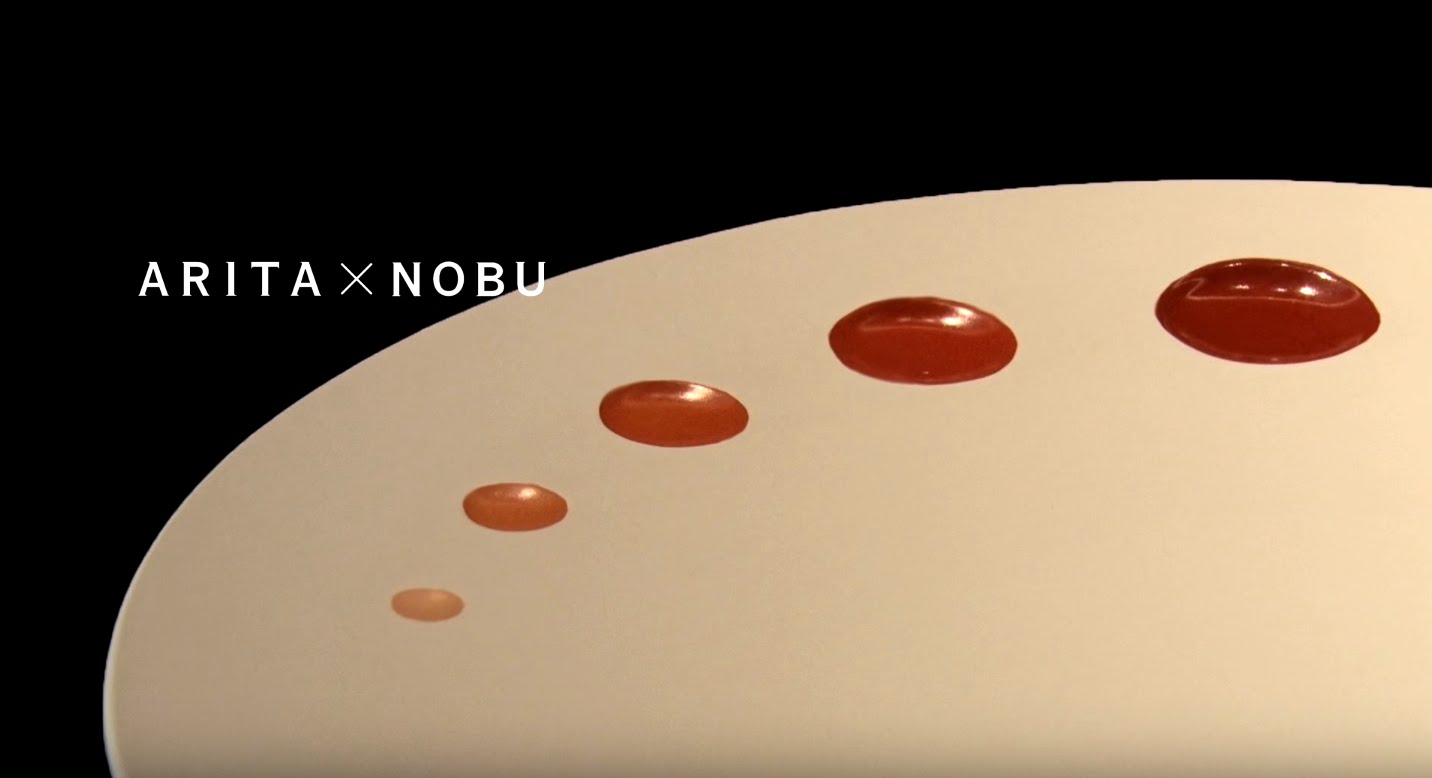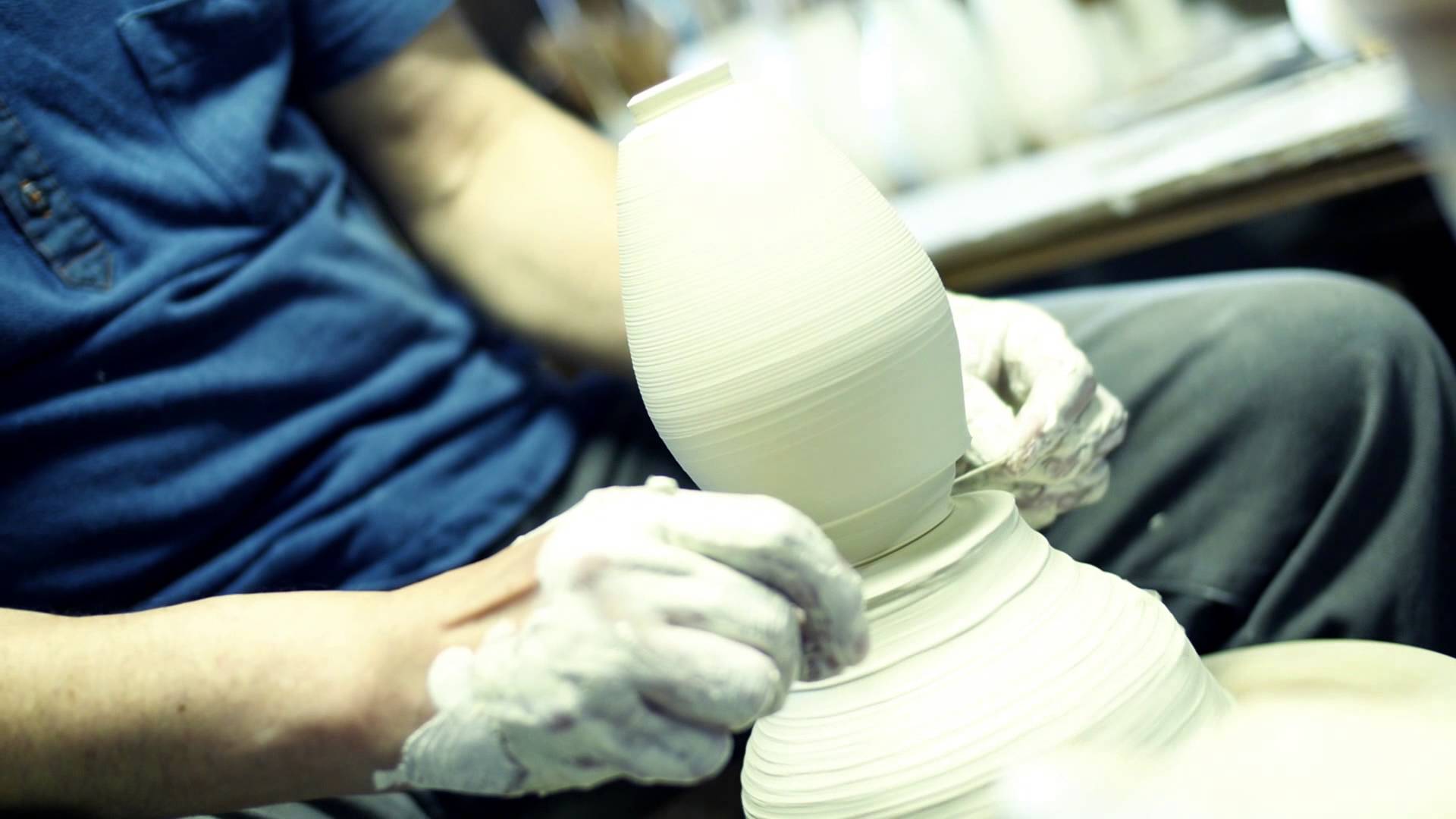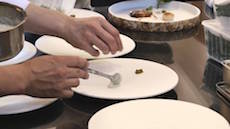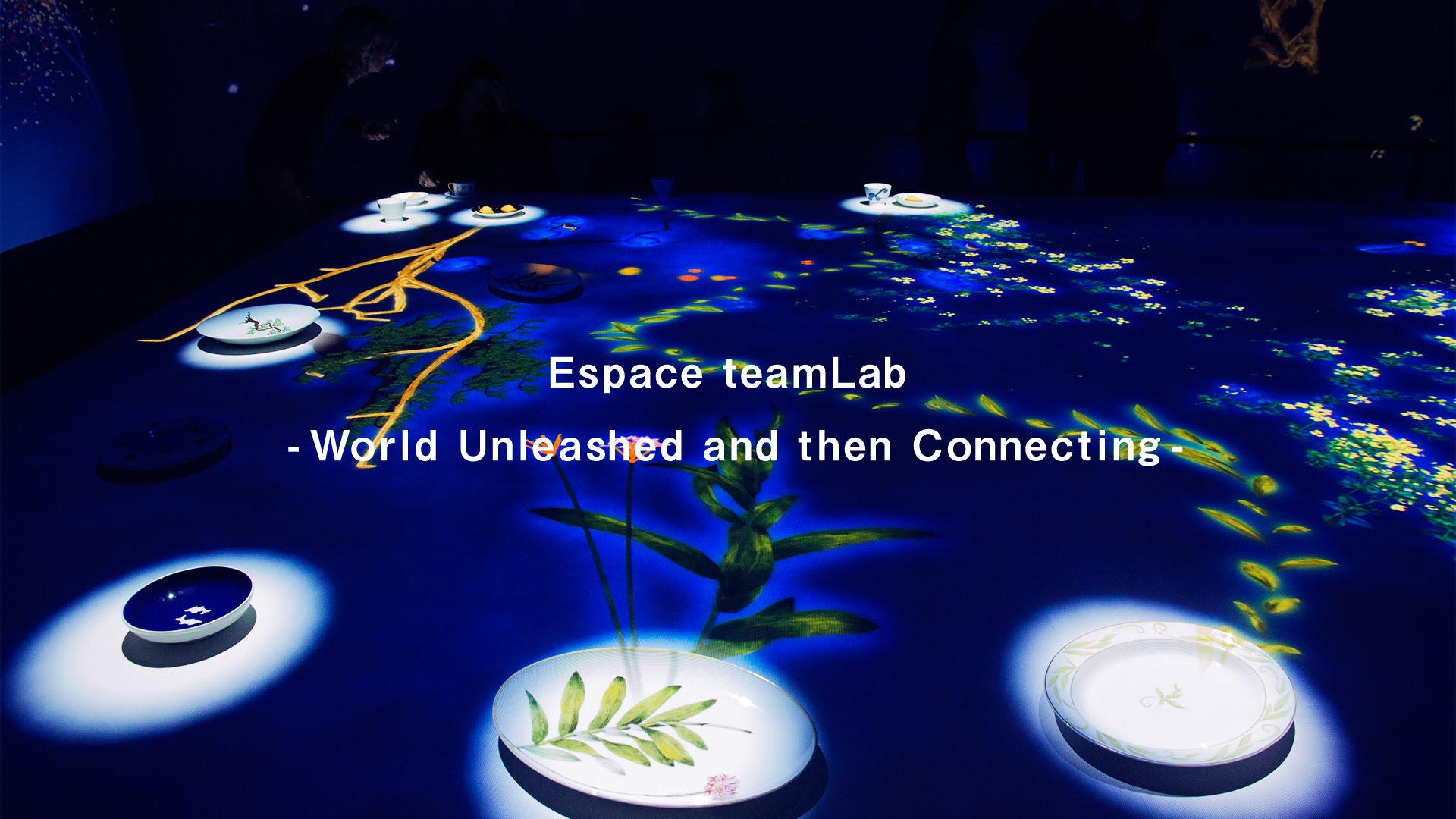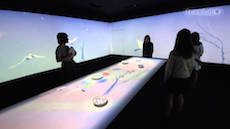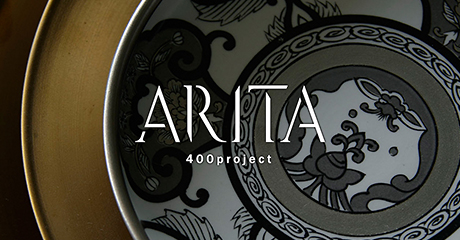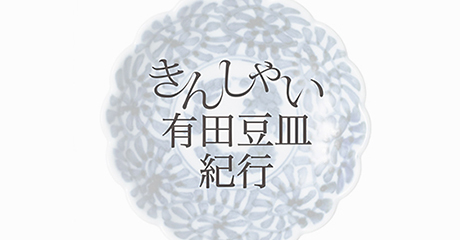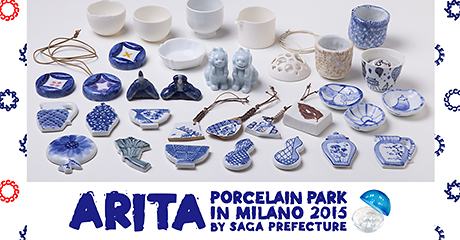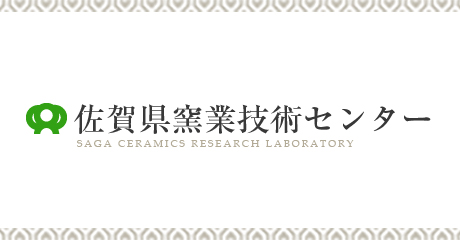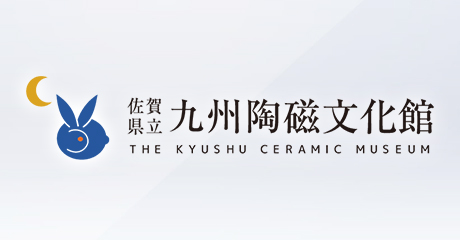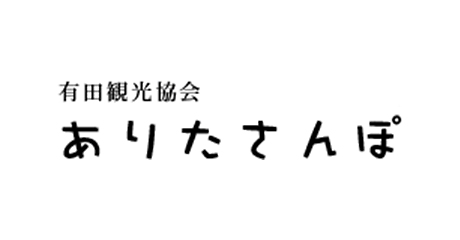1970: Seven Samurai crossing the East-West wall during the Cold War and building the bridge between Arita and Meissen
Meissen porcelain is the greatest treasure of Western white porcelain. The translucent smooth white base is decorated with airy color tones such as pale rose, bright yellow, or vivid green; delicate gold hemming is laid along the edges; and with so many of the highest skills applied in each process, Meissen porcelain gives an impression of profound artistry.
It has long fascinated people around the world, and the aesthetics of asymmetry and white space produced by the Kakiemon style have firmly taken hold.*1
In 1709, for the first time in Meissen, the manufacture of hard-paste porcelain was successfully carried out by an alchemist who would die only a few years after his success. Some years earlier the ruler of Saxony, located on the eastern side of Germany and stretching to Poland and Lithuania, Augustus the Strong (1670-1733), had ordered the alchemist Johann Friedrich Böttger to discover the secret of porcelain. Böttger was confined in Meissen, 25 km northwest of Dresden palace, where he repeated his many arduous ceramic experiments.
Meanwhile in the East, for centuries China was still known as the world leader in porcelain manufacturing technology, followed by Korea and then belatedly Japan. In Europe, until the start of porcelain production in Meissen, ceramics were highly valuable articles imported from East Asia, and Augustus the Strong was intensely determined to crack the secret and for Saxony to be the first European porcelain producer.
The European obsession with Oriental ceramics originated from the Crusades of the Middle Ages when ceramics transported overland from distant Asia through the Islamic world were as highly esteemed as jewels.*2 The 15th and 16th centuries were known as the Age of Discovery, but it was not until the 17th century that Britain and the Netherlands established their respective East India Companies. It was through the intermediary of ship-borne European traders that Asian articles were delivered to the palaces of European royalty and titled nobility where in the 17th and 18th centuries, they vied with one another to collect Chinese and Japanese ceramics.
Augustus the Strong was very much a man of his times and had an inordinate love of Japanese ceramics with their beautiful capturing of the natural world, as seen in the Kakiemon style, in other words, Arita porcelain. His Zwinger Palace in Dresden was home to an enormous collection of Ko-Imari (Arita porcelain in the 17th century). The Kakiemon style with a soft and warm creamy white base known as nigoshide was white porcelain of a very special value. Nowadays, in the Japanisches Palais (Japanese Palace) of Dresden State Art Collections, the strength of his tremendous porcelain sickness can be seen at first hand.
Augustus the Strong poured his insatiable passion into architecture and the arts, making Dresden one of the foremost artistic cities in Europe, which came to be known as Florence of the Elbe. The beauty of Arita porcelain was crystallized into Meissen porcelain in this leading artistic city in Germany; against this historic background, the brilliance of Arita porcelain is only enhanced.

Because of their historical connections, Arita Town and Meissen City became sister cities in the 1970s, at a time when East and West Germany were still divided by the Berlin Wall. This affiliation was the result of a visit by a group from Arita to East Germany in 1970.
There were seven members: Fukagawa Tadashi (Koransha), Sakaida Masashi (Sakaida Kakiemon XIV), Yamaguchi Hideichi (Yamato Toujiki), Taketomi Tadakatsu (Shinwa Toujiki), Mori Masahiro (ceramic artist), Kaneko Gen (Gen-emon Kiln), Kamochi Shozabu (Shobido). Since there were seven of them and they were Japanese, they quickly became dubbed the Seven Samurai from Arita, after the influential Kurosawa film released in 1954 and winner of the Silver Lion award at the Venice Film Festival.
The Koransha company has a great number of design books brought from Europe in the age of international expositions at the end of the 19th century, and almost every one includes a picture of Ko-Imari with the word Dresden in the caption. Fukagawa Tadashi was especially interested and through a book by Soame Jenyns, an authority on Oriental ceramics at the British Museum, he came to know of the presence of a gigantic Ko-Imari collection with some 4,000 pieces in Dresden, East Germany.
However, Jenyns book referred to the magnificent collection pre-World War II and whether it still existed or not was a mystery, as Dresden had suffered terrible bombing during the war and many historic buildings were destroyed.
To make sure of the presence of the Ko-Imari collection in Dresden, Mr. Fukagawa wrote many times to Ingelore Menzhausen, the Director of the Dresden Porcelain Collection. About six months later, he received a short reply from the Director simply stating: your entry to our country is welcomed.
In the age of the East-West Cold War, negotiations with the Ministry of Foreign Affairs to arrange a visit to East Germany were tough going, but on the pretext of a cultural exchange mission, Mr. Fukagawa and his fellow samurai finally managed to visit East Germany.*3 In addition to Dresden and Meissen, the group visited major ceramics sites across Europe and brought their impressions back to Arita.
Their purpose was to directly experience the essence of European ceramics and create an international-class art museum offering opportunities for development in friendly rivalry. They thought it was necessary to compare the ceramics cultures in the East and the West, and examine past exchanges. They also had the hope of developing an international market similar to the heyday of Arita porcelain exports.*4
After the tour, thanks to the passion of the Seven Samurai, the Dresden Homecoming Exhibition was held in 1975, and Arita and Meissen became sister cities in 1979. The cosmopolitanism of Arita porcelain from its foundation was passed down to the 20th century, and the Seven Samurai even overcame the divisive Berlin Wall and the Cold War, and in these days of the 21st century, such a courageous spirit is still greatly contributing to the deepening and development of ceramics culture in Arita.
- *1 Masako Shono, Japanisches Aritaporzellan im sogenannten Kakiemonstil" als Vorbild für die Meißener Porzellanmanufaktur Gebundene Ausgabe, 1973, Editions Schneider GmbH
- *2 Jan Davis, “European Ceramics” 1988, Iwasaki Shoten
- *3 Tadasi Fukagawa, “Ko-Imari that Sailed Across the Sea” 1986, Shufunotomo
- *4 Noriko Shimizu, “Distant View of Sarayama II, Opening up a Path for Globalization: Seven Samurai Who Visited East Germany” in “Walking through the History of Arita Sarayama from Women’s Viewpoint” 1998, Arita Town Board of Education




